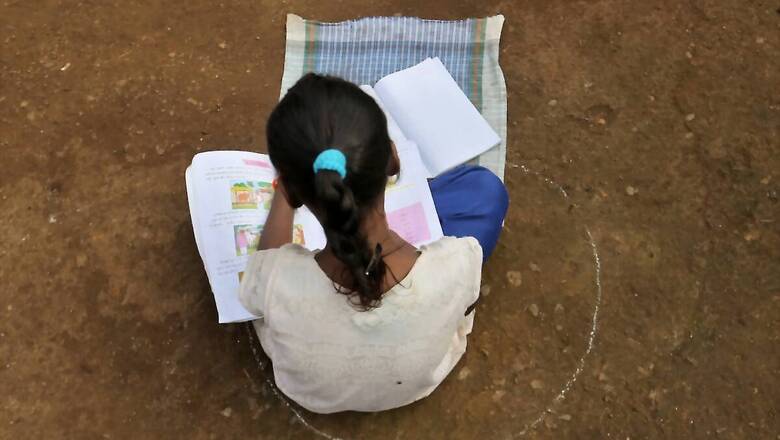
views
A study by India’s International Institute for Population Sciences and the University of California San Diego’s Centre on Gender Equity and Health has concluded that the country’s sex ratio at birth (SRB) gets further skewed when second, third, or higher children are taken into consideration.
Simply put, an Indian couple’s age-old obsession to have a boy gets further intensified as the number of children go up. According to a report by Times of India, that quoted the study, over 5.53 lakh births between 2005-16 in households were interviewed under the National Family Health Survey-4 (2015-16) put worrying focus on an already skewed sex ratio at birth.
A research paper published in the international journal ‘Studies in Family Planning’ showed that SRB generally increased, ranging from 107.5 boys per 100 girls for birth order 1 to 112.3 boys per 100 girls for third borns and beyond. The analysis was carried out by researchers from India’s International Institute for Population Sciences and the University of California San Diego’s Centre on Gender Equity and Health.
Data showed that SRB was well within the normal range when community-level fertility was above 2.8 children per woman (103.7). It jumped to 111.9 among mothers in communities where average fertility was 1.5 children per woman or lower.
The analysis warned that the factors at work were desire for sons in the absence of a living male child, which could drive families towards illegal practices like sex selection. The researchers analysed the differentiation of factors with SRB across birth orders, a key determinant in societies affected by son preference.
The study found that SRB in the absence of a surviving male sibling was 111.4, which was far above the biological normal level, and significantly different from SRB in the presence of a surviving male sibling (105.8, which is within normal limits).
Read all the Latest News, Breaking News and Coronavirus News here




















Comments
0 comment